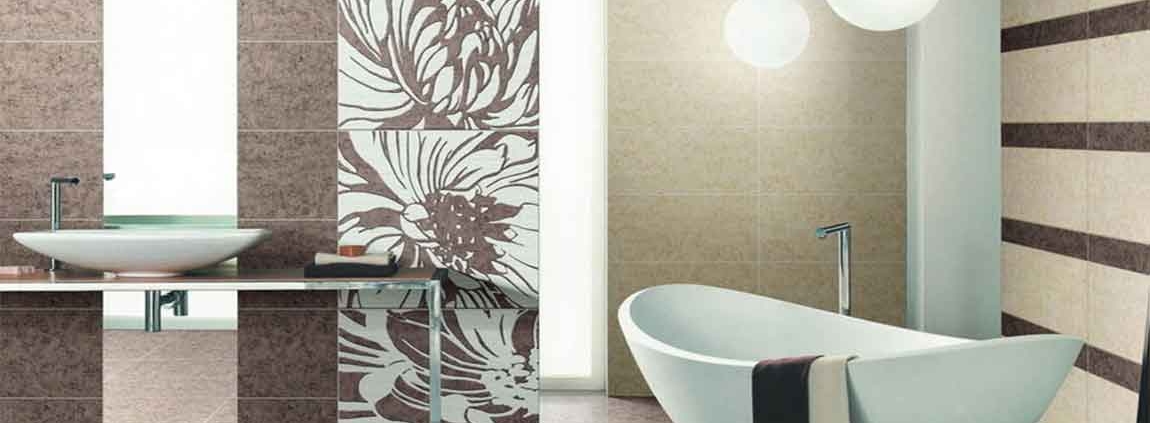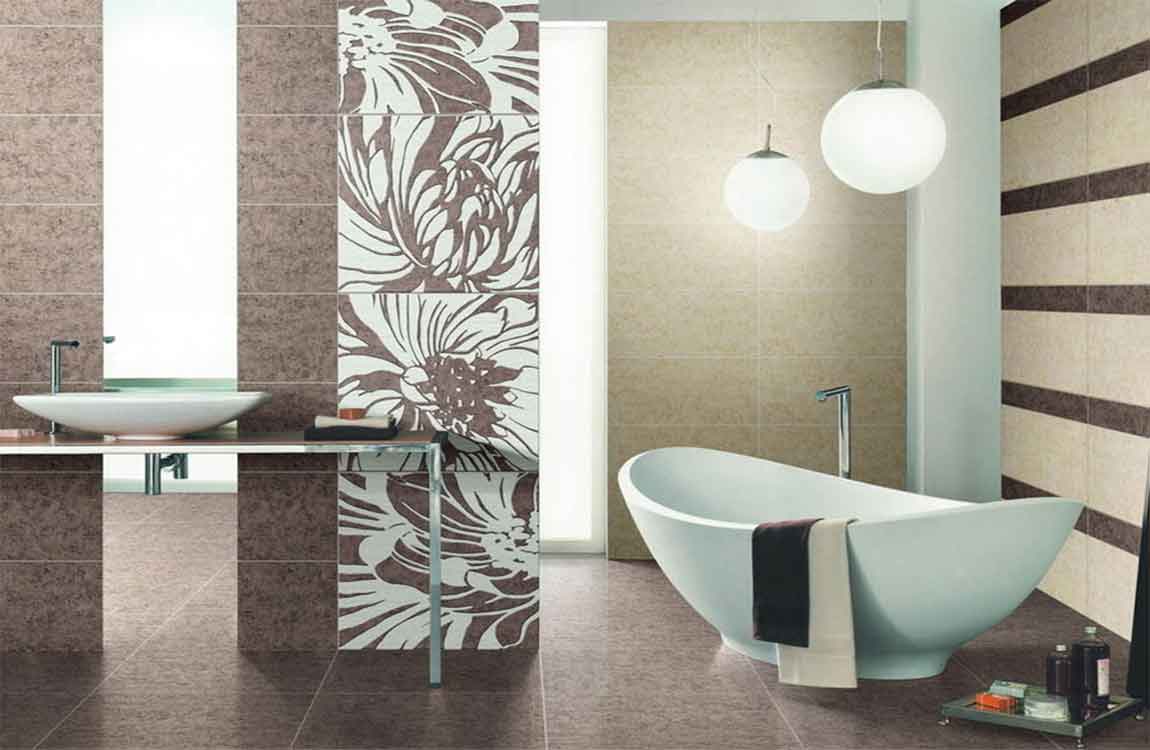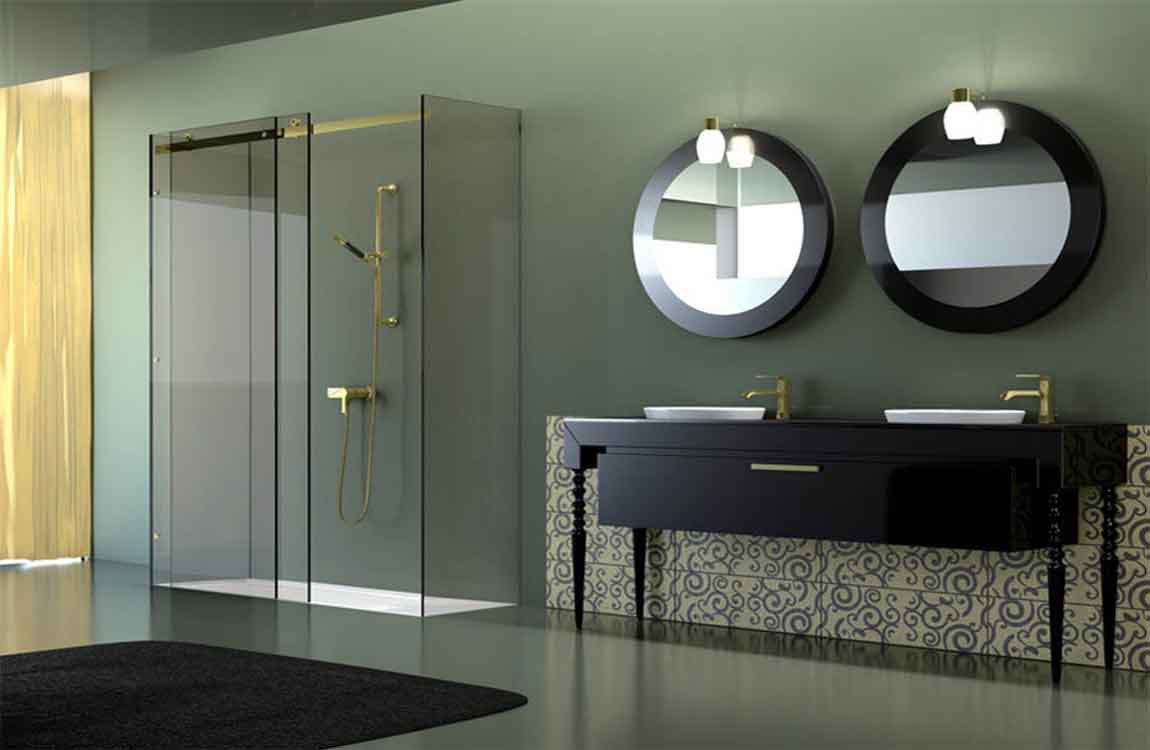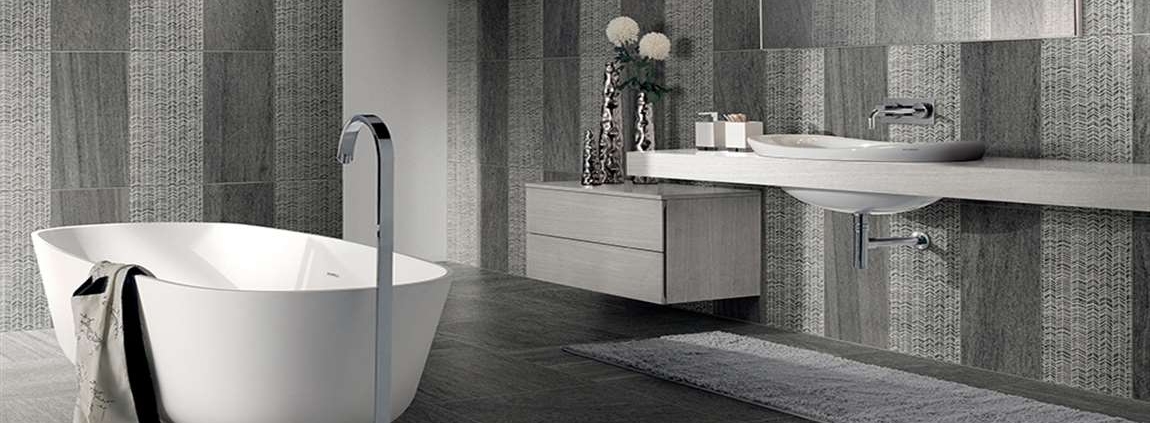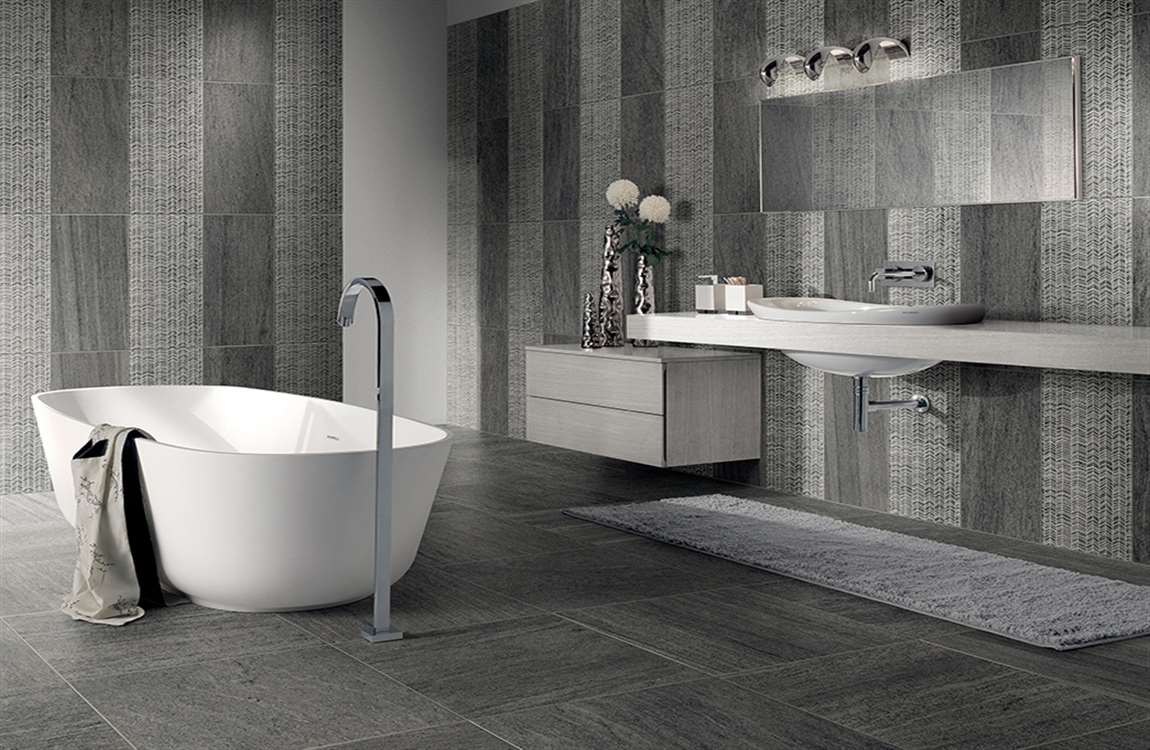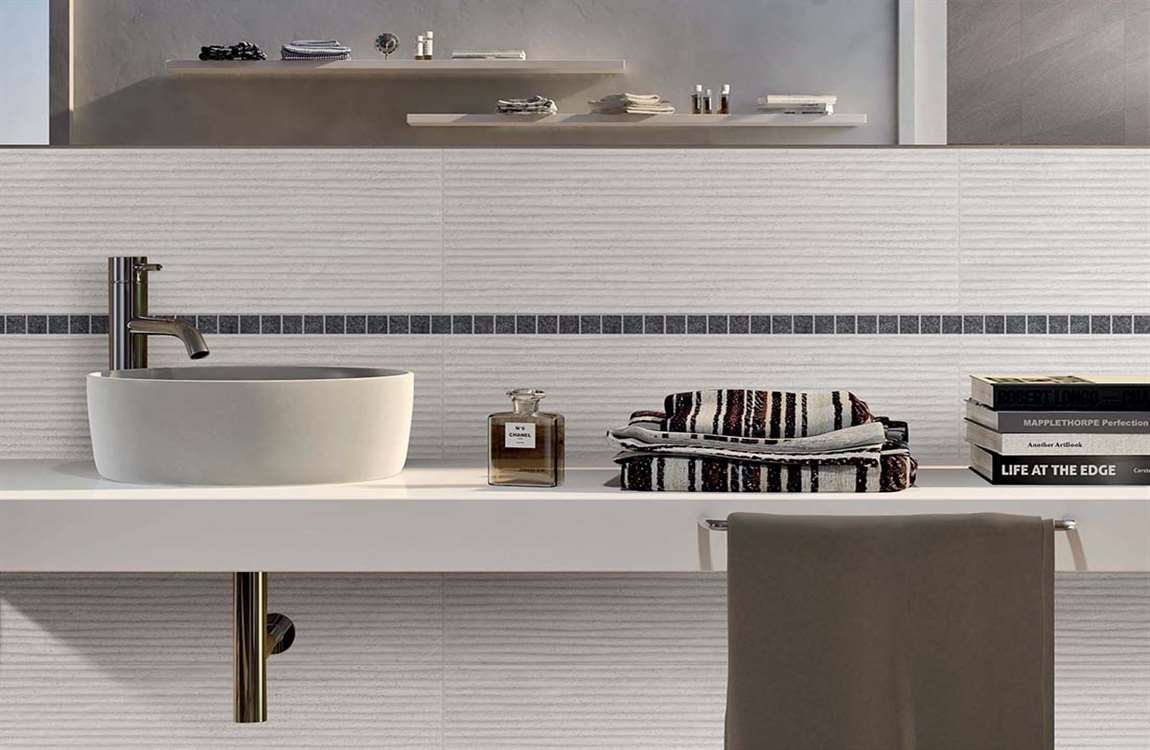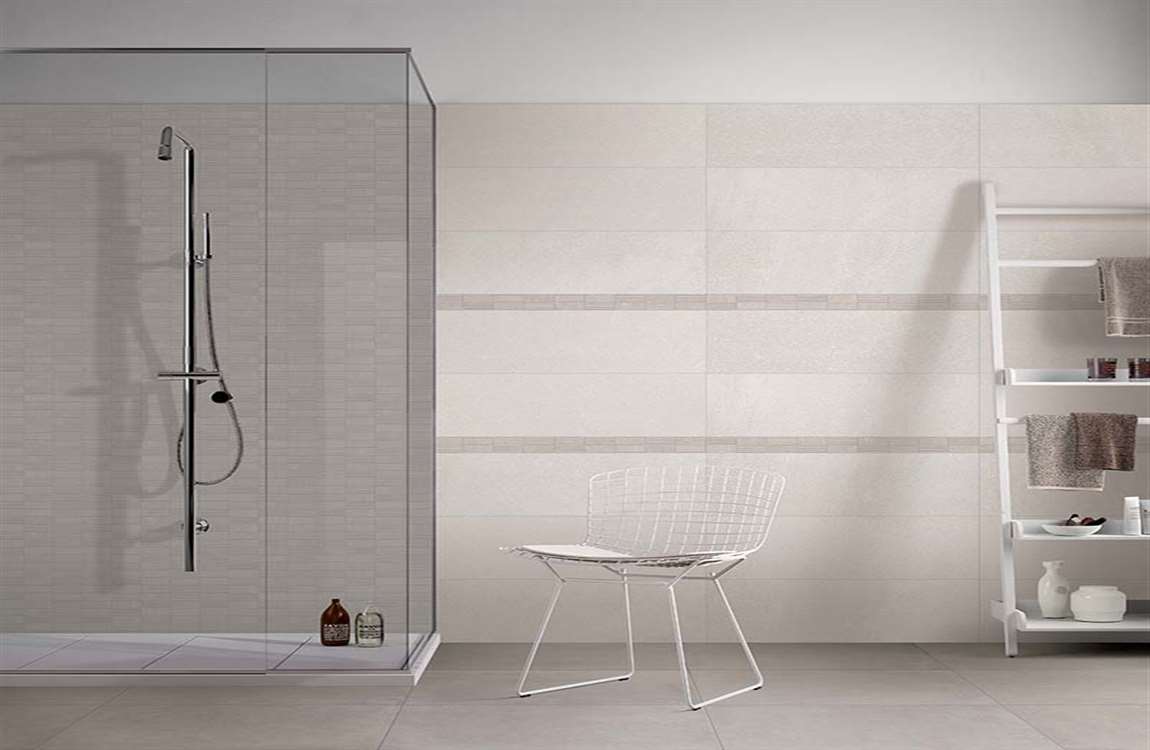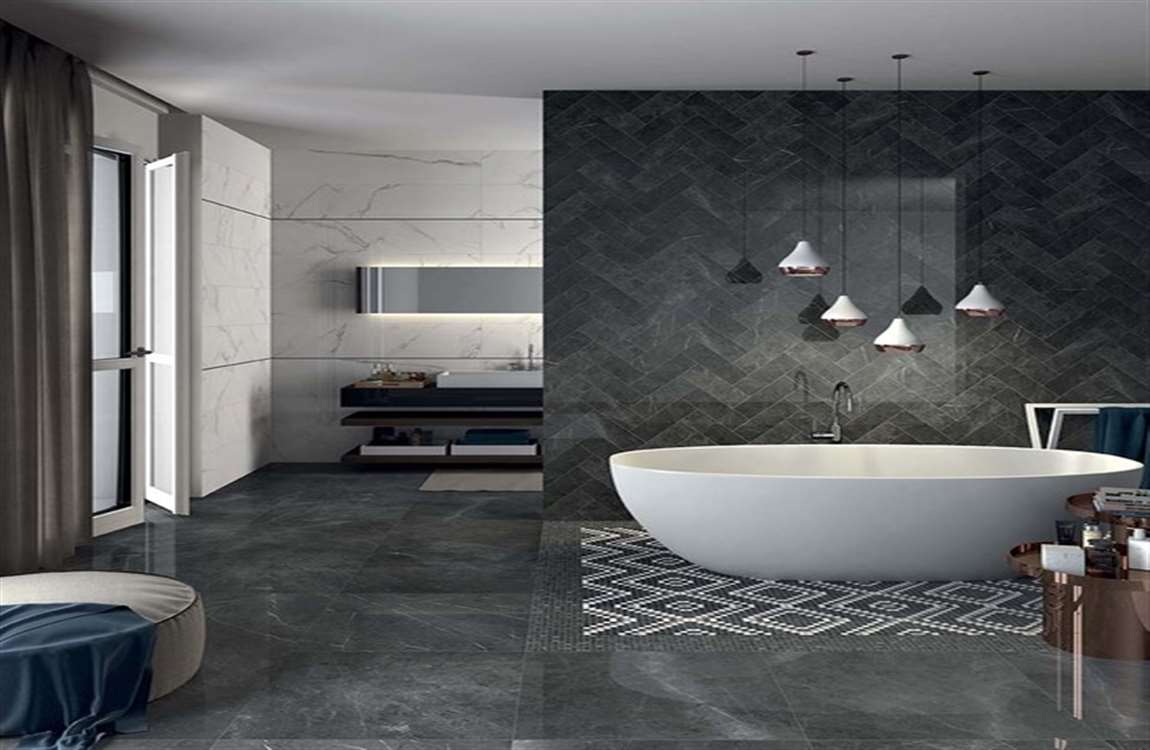How Bleaching the Bathtub?
Open windows or bring in a fan before you begin working with bleach. If your bathroom is small and doesn’t have a vent or windows, bring in a fan to blow air out as you work. The most important thing is that you’re getting fresh air so you aren’t just breathing in bleach fumes. You can also wear a respirator if you’re concerned about the fumes.
Wear rubber gloves and mix 90% water with 10% bleach. Use a large bucket to mix the water and bleach. Leave some room at the top of the bucket so that it doesn’t spill easily. Make sure to wear gloves and old clothes, too. Fill up the bucket in the bathroom near the tub so you don’t have to try and transport it from another room.
Scrub the tub with the bleach and water solution and then rinse it out. Use a sponge and start at one corner of the tub and systematically work your way around it. Squeeze out and re-soak your sponge as much as you need to. Rinse the tub out with fresh water after you’ve cleaned it. You can dump out the bleach/water mixture and fill that same bucket with clean water if you want to.
Don’t forget to scrub the exterior of the tub, too—you’re going to be painting the entire thing, so it all needs to be cleaned. Part of the painting process involves getting the tub as clean as possible beforehand so that the paint adheres to the surface better.
Wash the tub with an abrasive cleaner to ensure it’s clean. Use a product like Comet and sprinkle it over the entire surface of the tub. Use a new, wet sponge to scrub the tub. Rinse out your sponge periodically so it doesn’t get too gunky from the cleaner, and then rinse the tub again with fresh water. If you don’t have Comet, you could sprinkle and scrub away baking soda for the same result.

